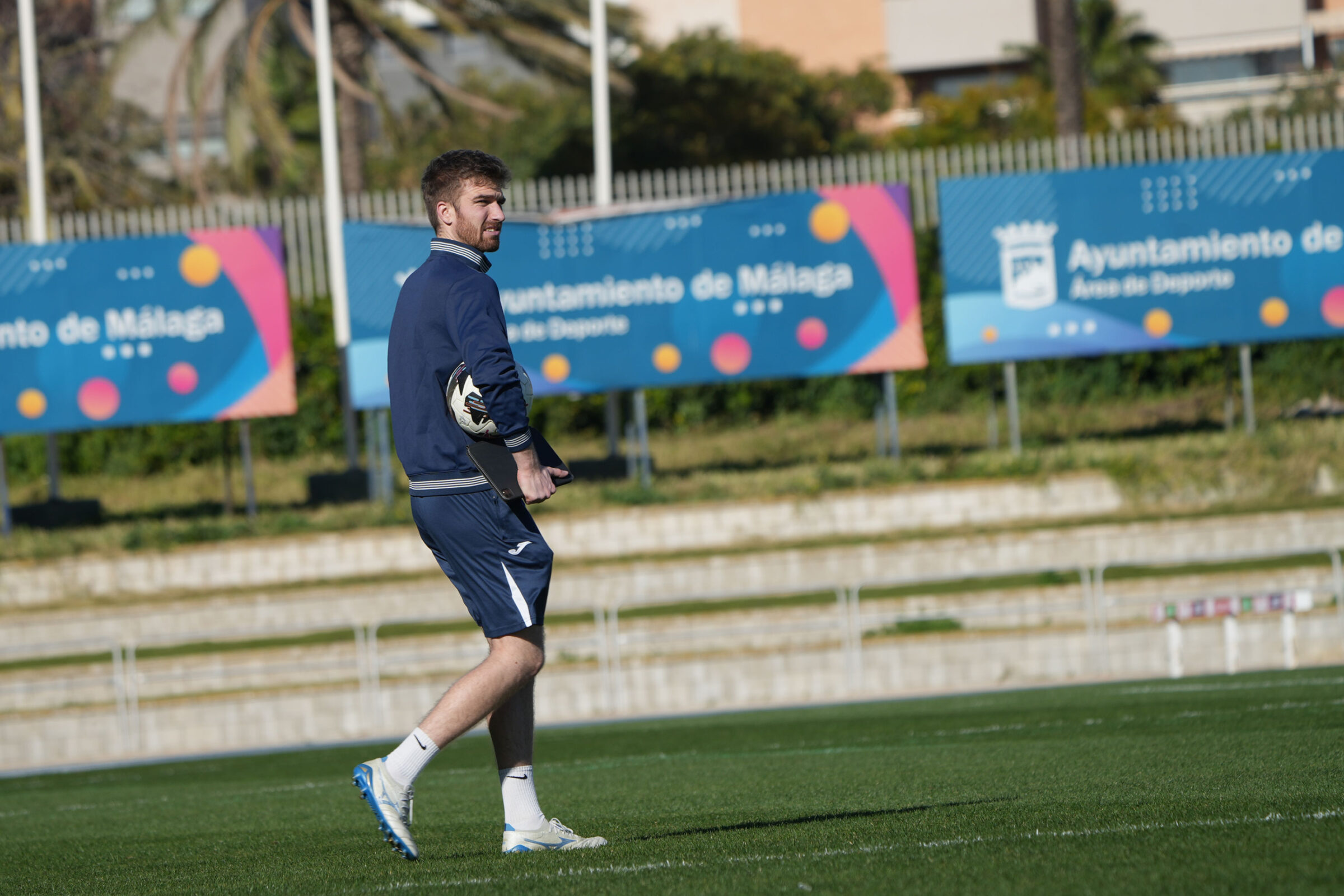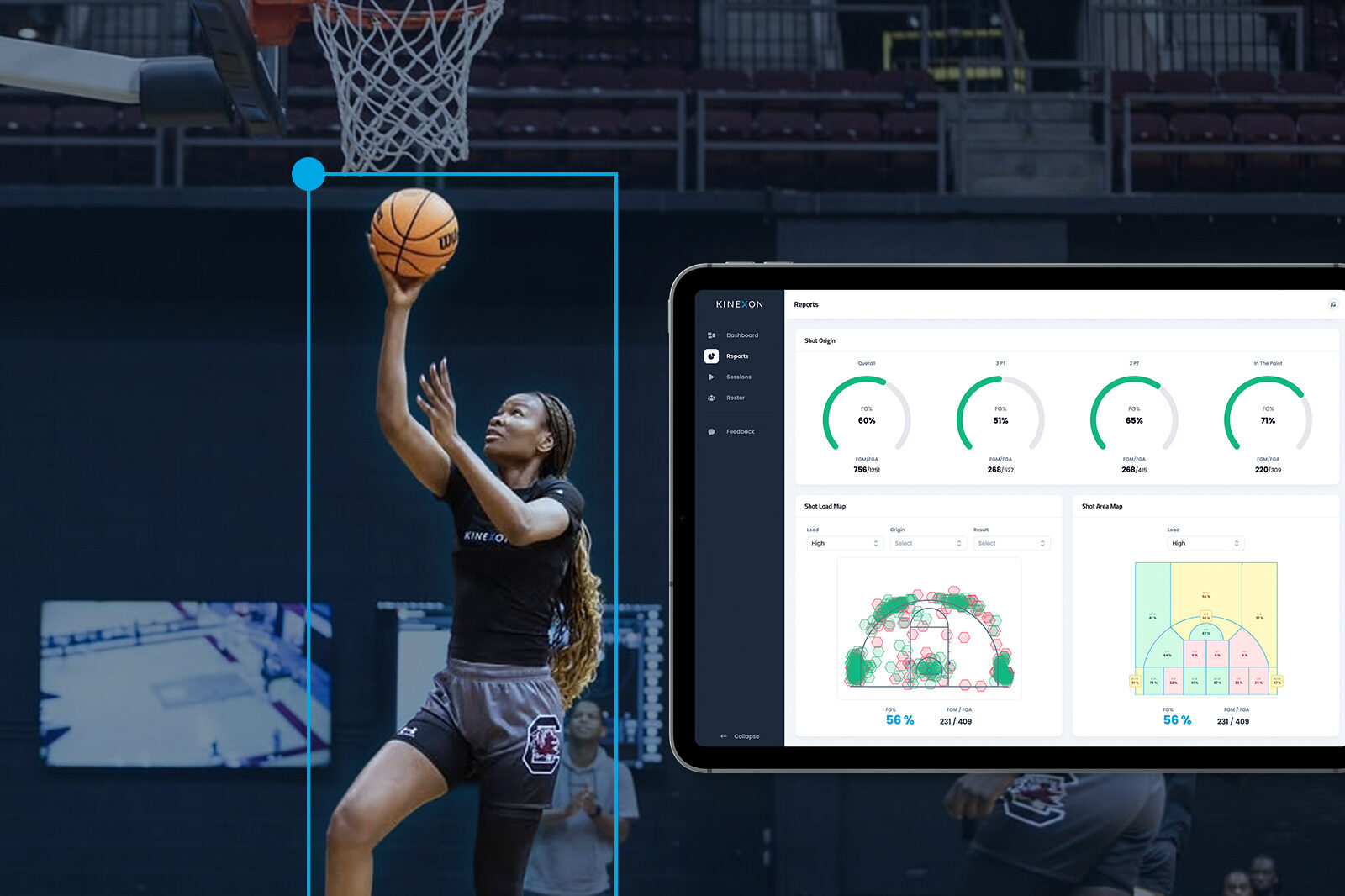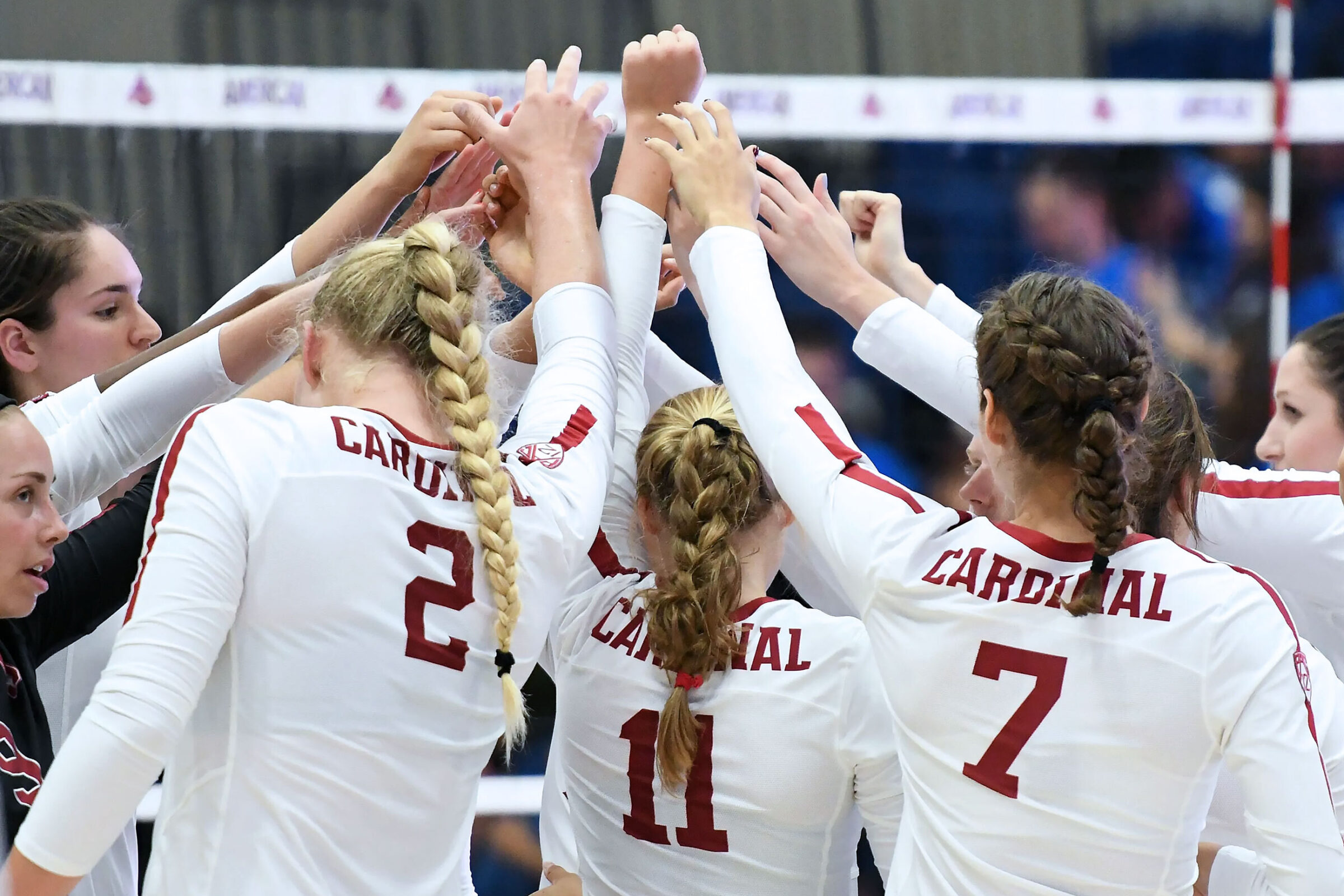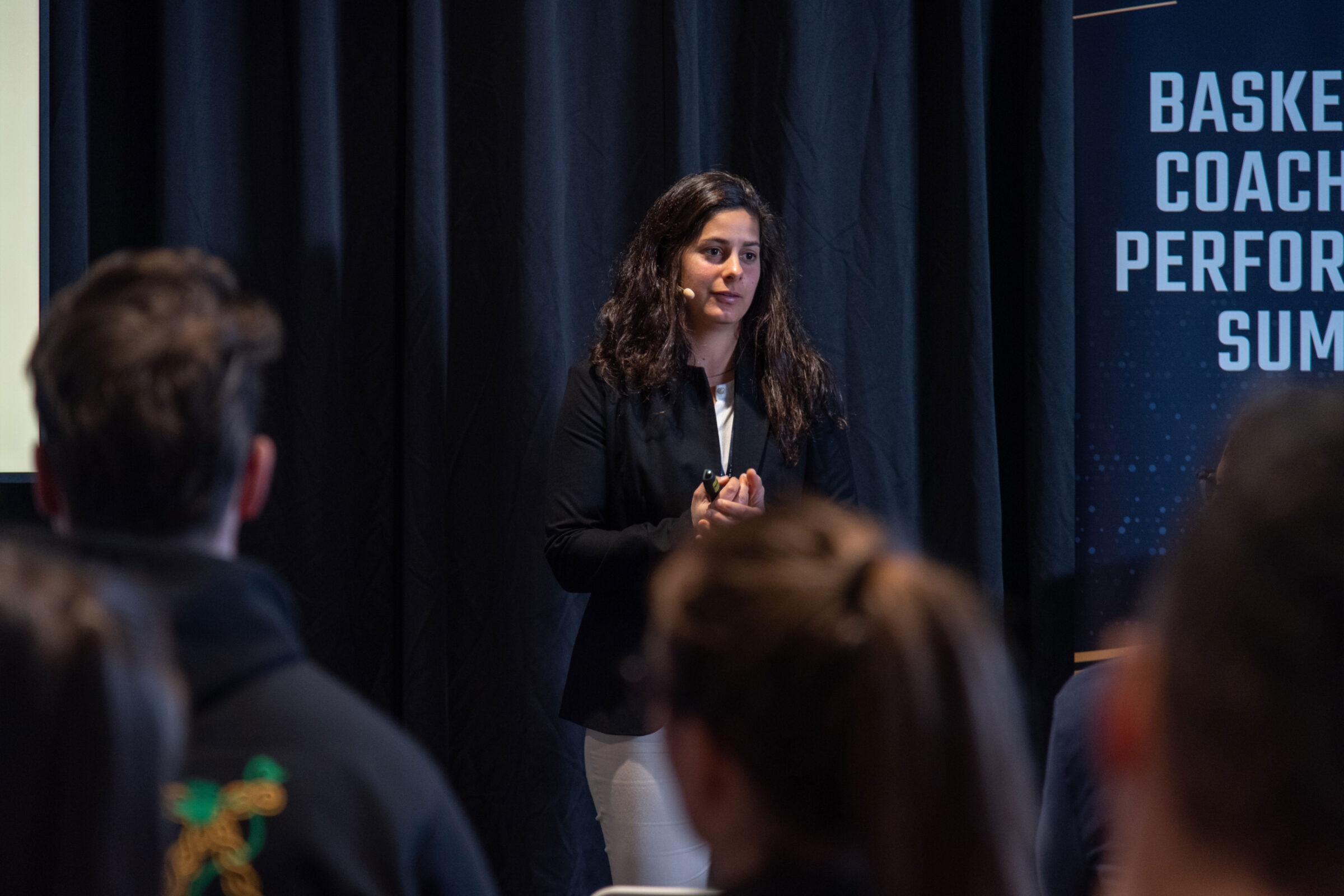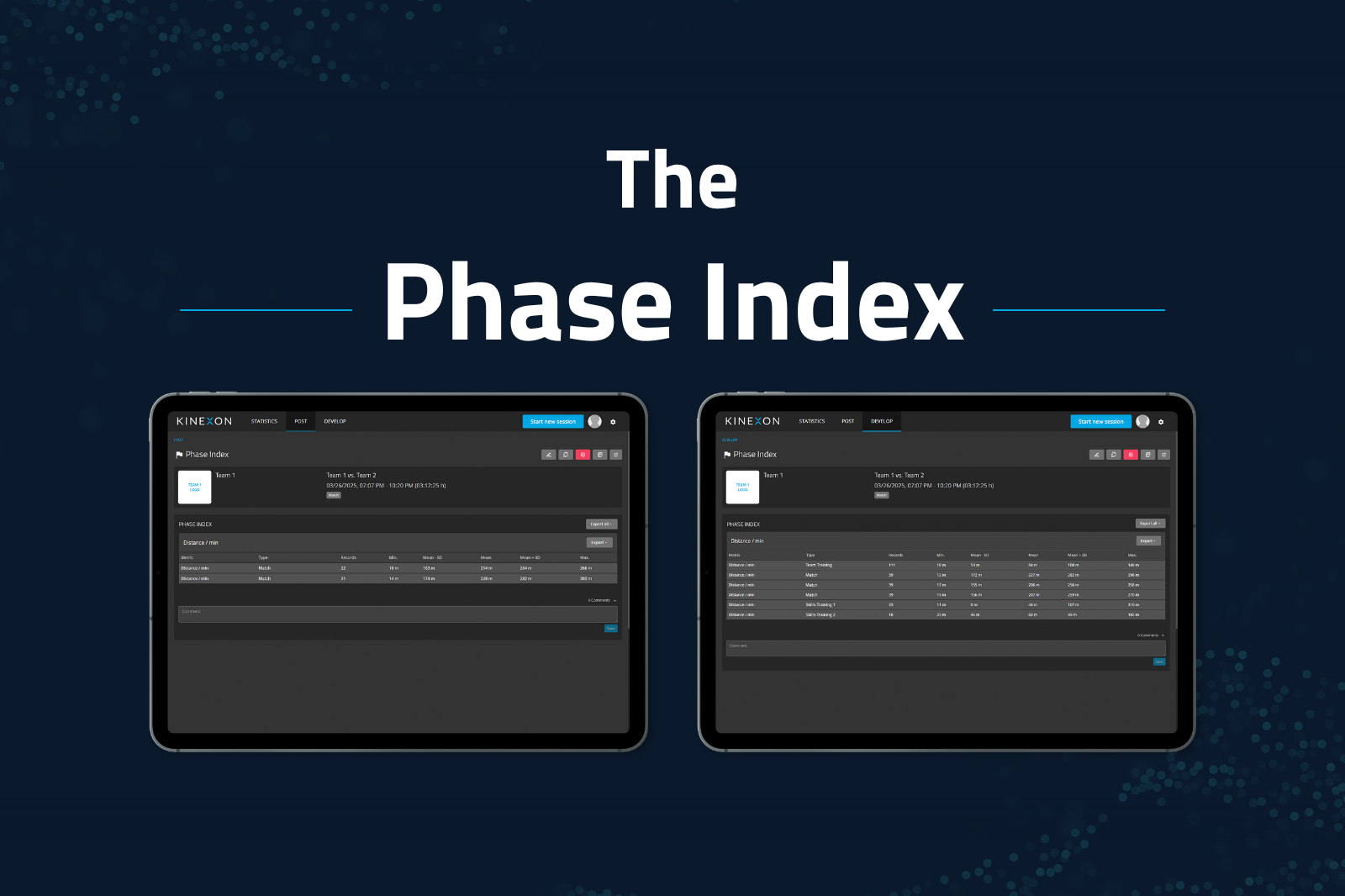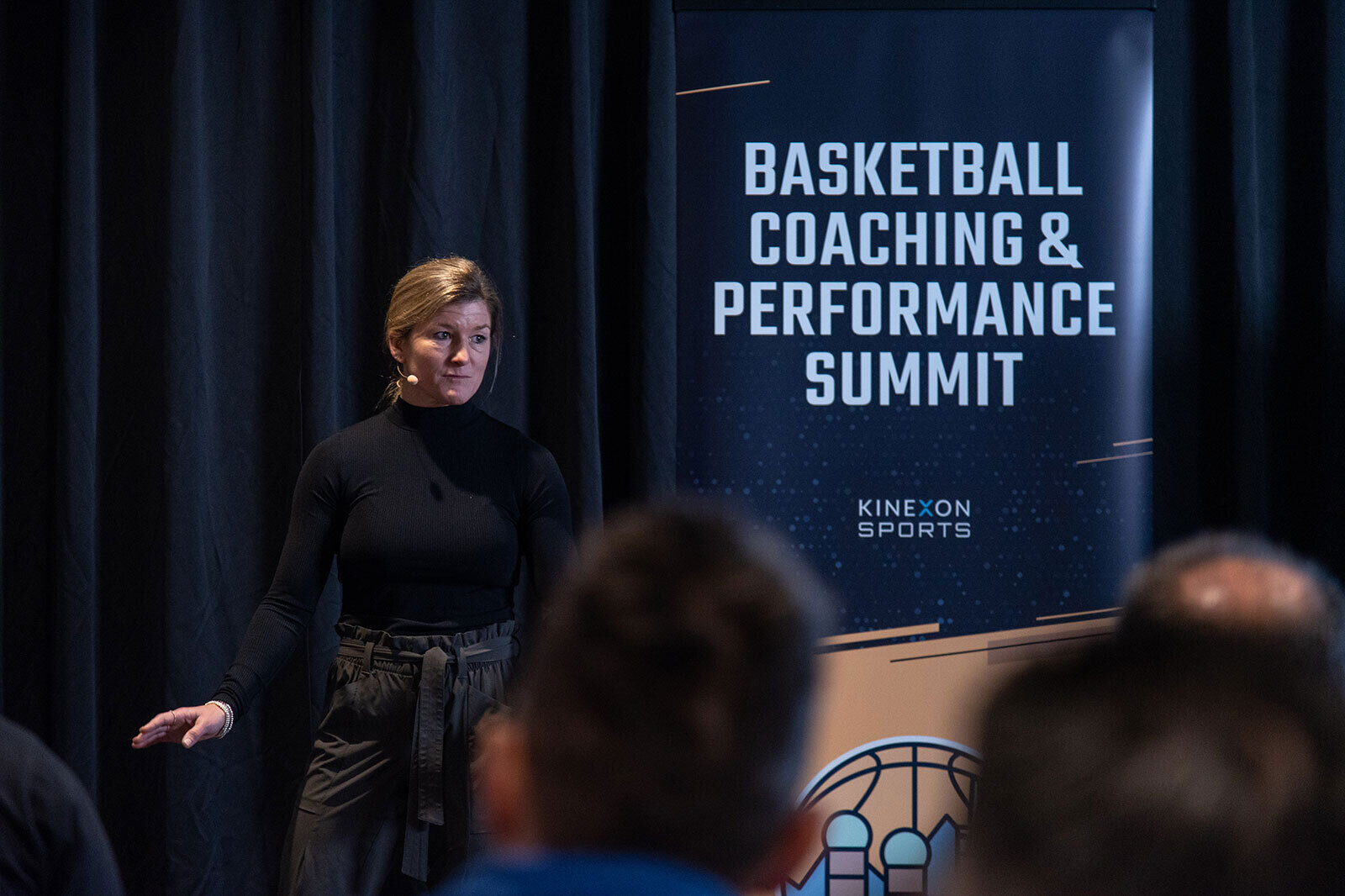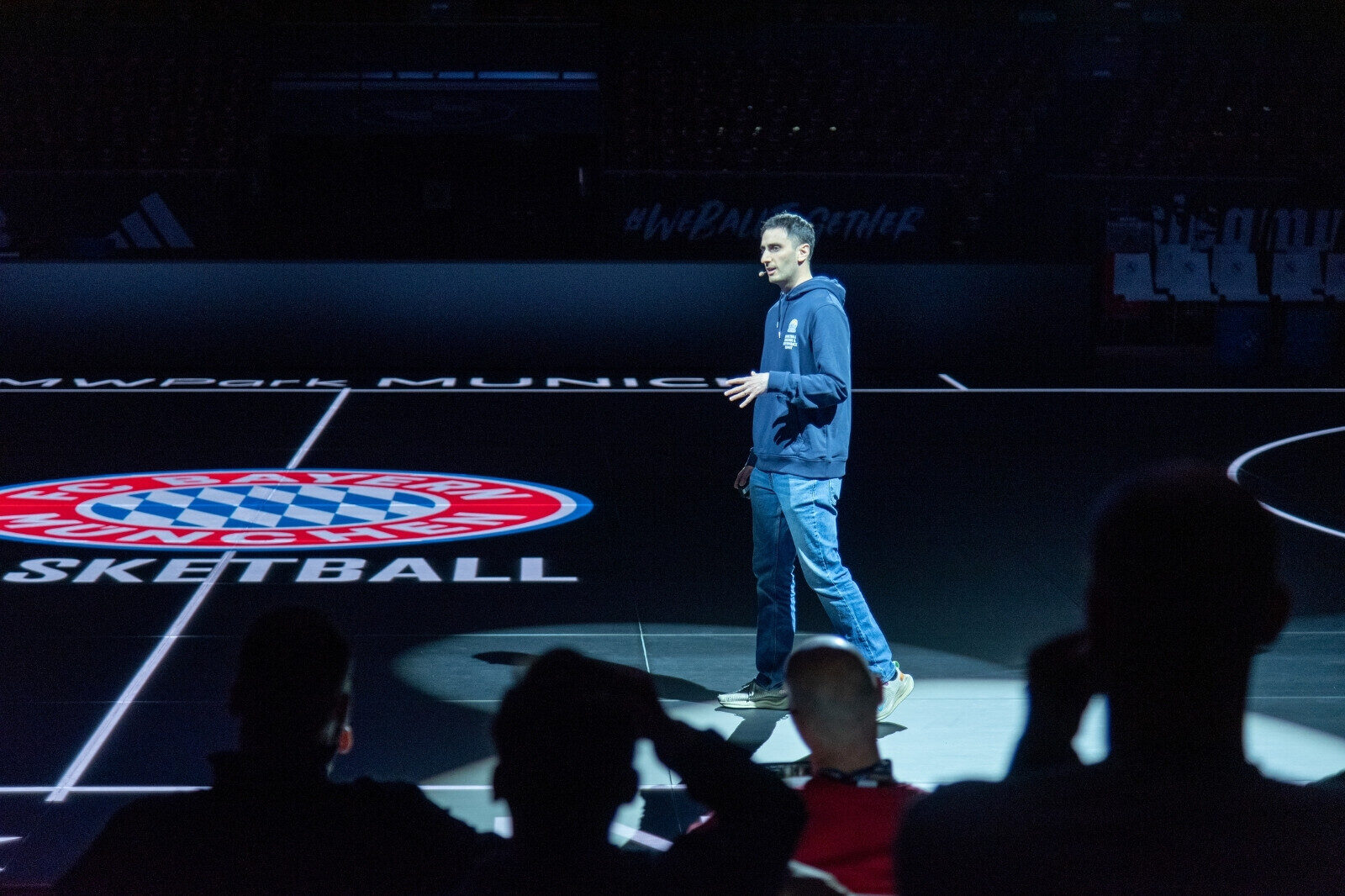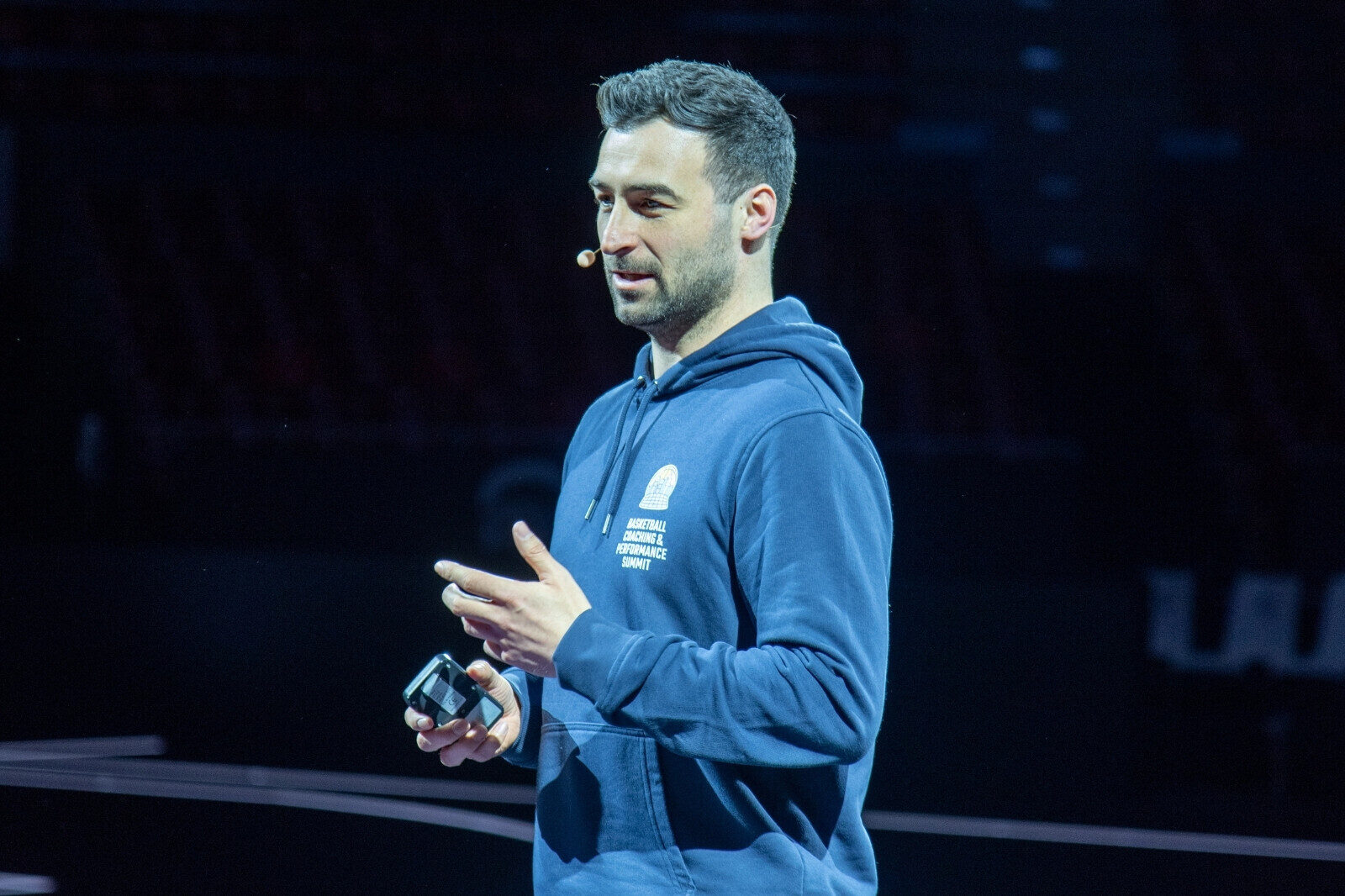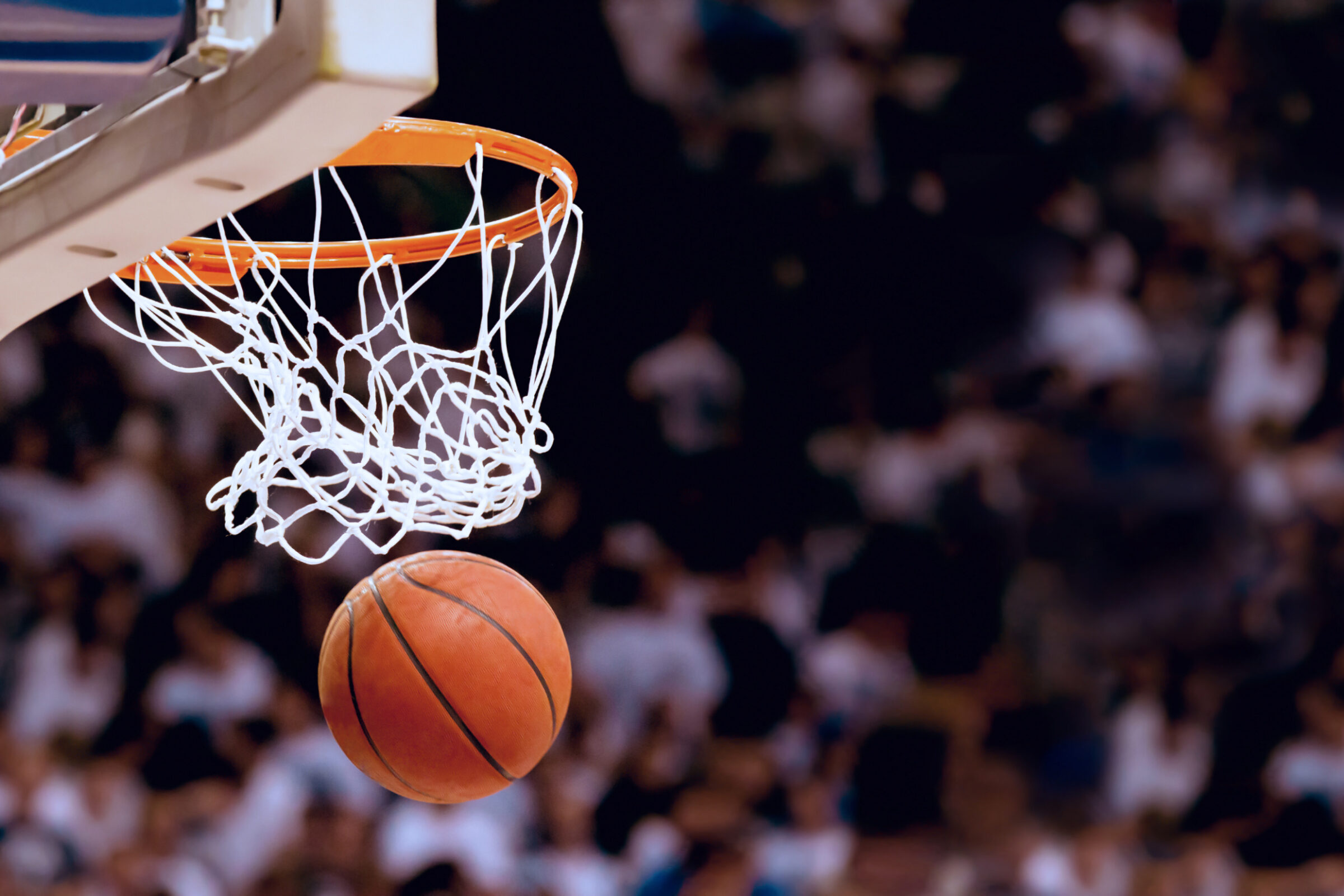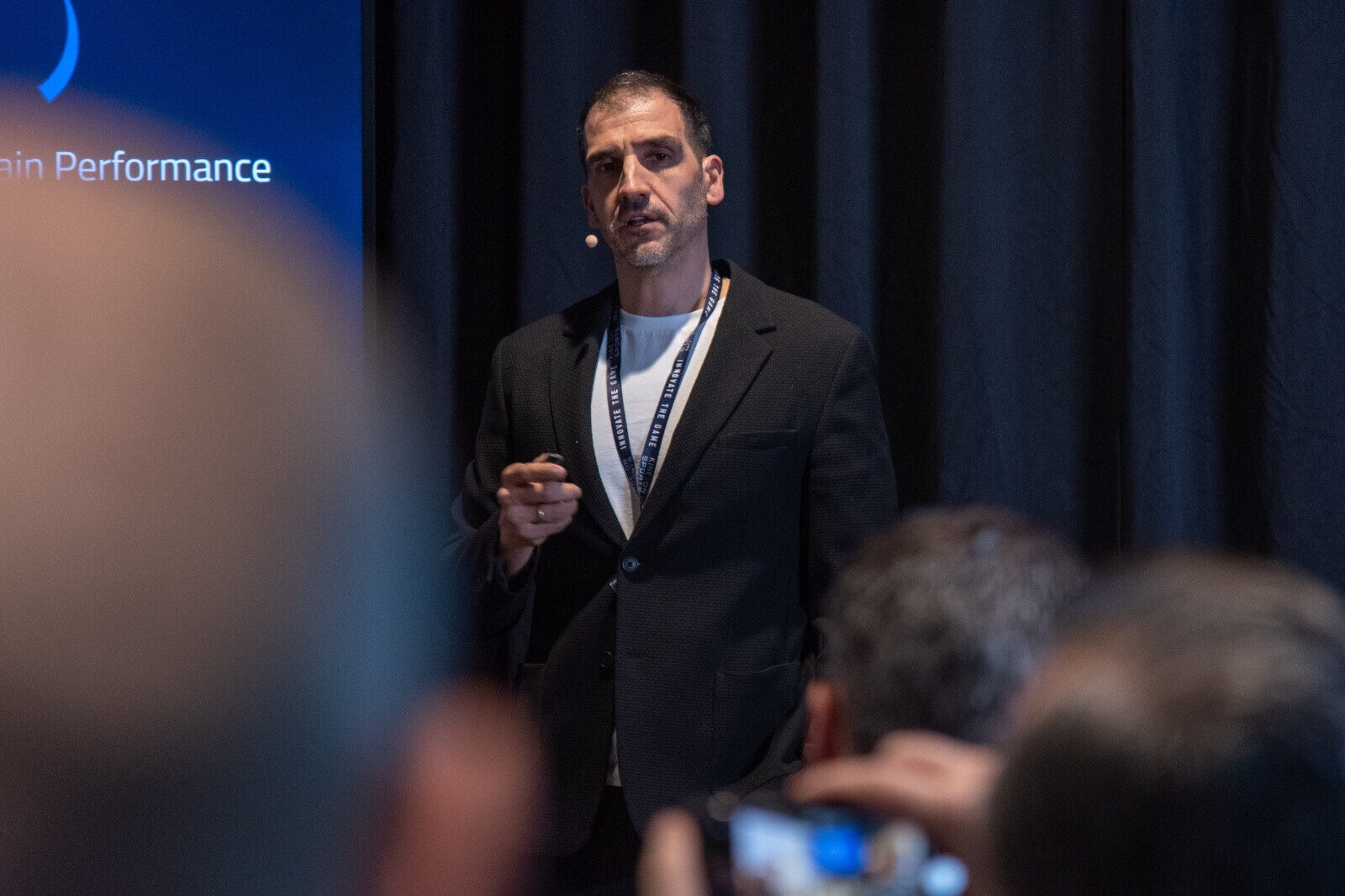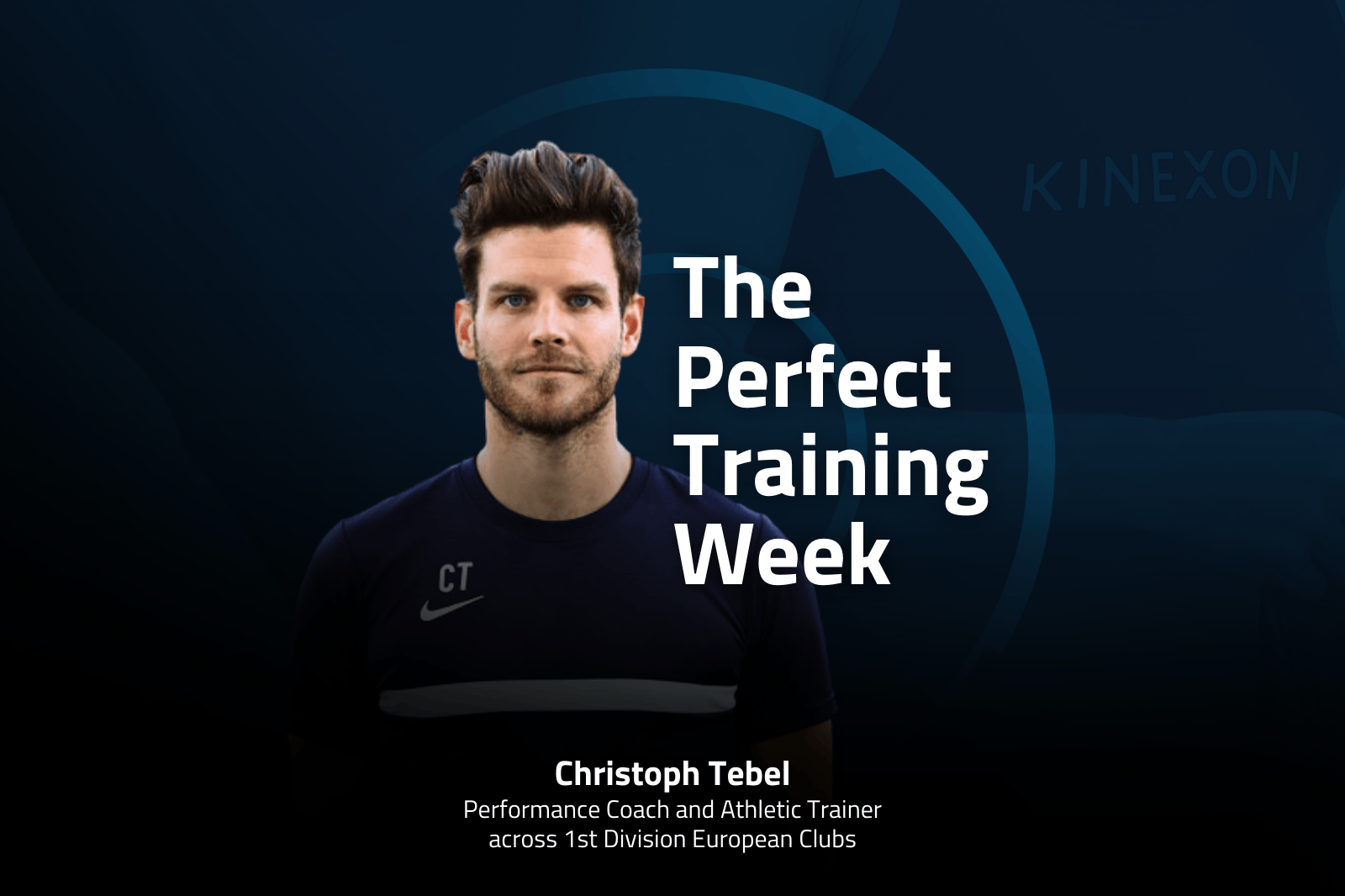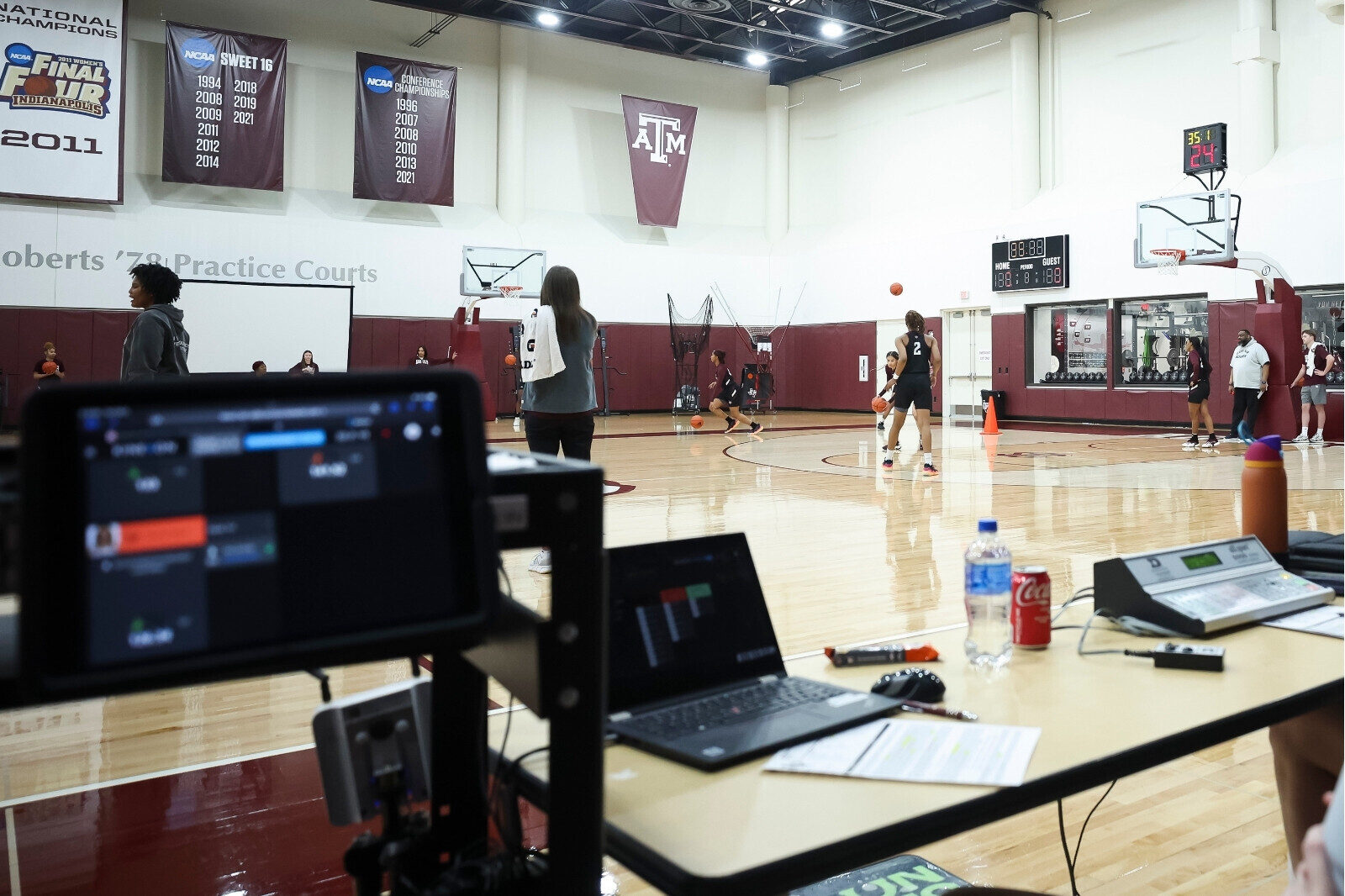Study Reveals the Importance of an Injury Prevention Plan in European Handball
The competitive pressures and dense schedules in professional handball make injuries common among players. The results of a 6‑year study not only highlight the need for an injury prevention plan but also suggest ways coaches can develop one.

The study titled: “Ligament Injuries in Professional Male Handball Players: A 6‑Year Longitudinal Study,” led by Dr. Luis Manuel Martínez-Aranda, followed 68 elite male Spanish handball players over six seasons and analyzed ligament injuries that occurred.
During the study period, they observed 54 time-loss injuries (injuries resulting in at least one day of absence).
Monitor and Analyze Your Players Anytime, Anywhere With The World’s Most Trusted Load Management System
Which Ligament Sustains the Most Injuries?
Here’s a breakdown of the biggest takeaways that the study provides:
- Overall Incidence: The study reported an overall incidence of 0.89 ligament injuries per 1000 hours of exposure.
- Match-Play vs. Training: Ligament injuries were more frequent during match-play than training sessions.
- Severity: Most injuries were classified as minor or moderate (79.63% of total cases).
- Reinjuries: Nearly half (46.29%) of the injuries were reinjuries.
- Lower Limb Prevalence: Significantly higher incidence occurred in the lower limbs (0.81 vs. 0.08 ligament injuries per 1000 hours; p < 0.001).
- Specific Ligaments: The anterior talofibular ligament of the ankle had the highest incidence (0.57 injuries per 1000 hours), while the anterior cruciate ligament had the greatest burden (24.08 absence days per 1000 hours).
Learn How The Dutch Handball Federation Uses Player Tracking to Manage Player Workloads
Study Underscores the Need for Injury Prevention Plans
This study’s authors also point out that the results accentuate the importance of implementing injury prevention strategies. Specific activation techniques and strength-based training programs can help reduce injury recurrences among professional handball players. These can include:
Injury Prevention Exercise Programs (IPEPs):
- IPEPs have been shown to reduce short-term risk of knee, ankle, and shoulder injuries by up to 50% under ideal controlled conditions.
- These programs typically include exercises targeting specific muscle groups, balance, and proprioception.
- Vital components for successful implementation include involving players, coaches, and governing bodies, enhancing program fidelity, and promoting maintenance.
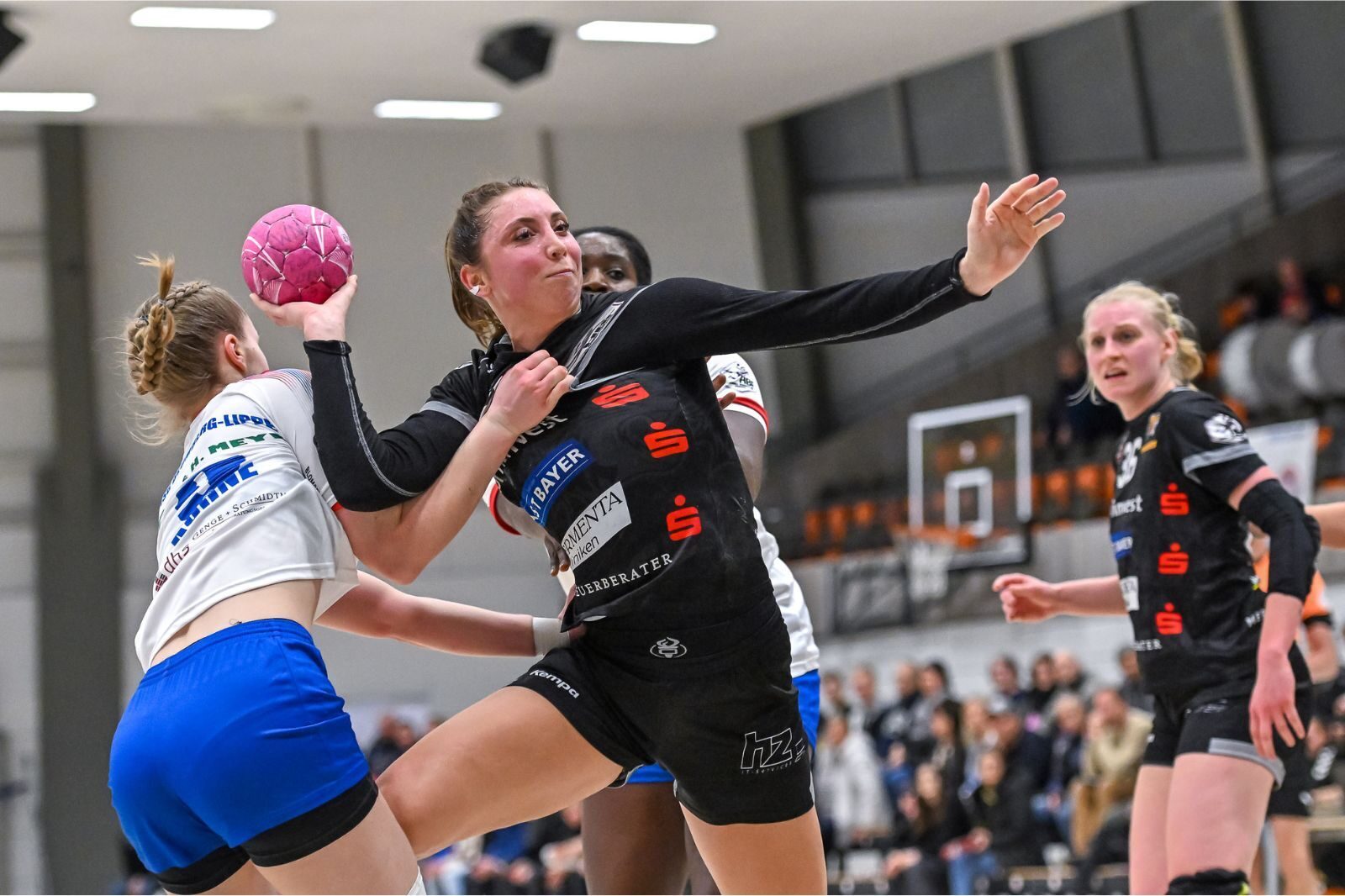
Strength-Based Training:
- Elite handball players often perform extra strength or weight training, like plyometrics, alongside court training.
- Incorporate IPEP exercises into strength training routines to improve muscle strength and prevent injuries.
- Focus on muscle groups relevant to handball movements (e.g., lower limbs, core, and upper body).
Activation Techniques:
- Specific activation strategies can enhance muscle readiness and reduce injury risk during competition.
- Examples include dynamic warm-ups, proprioceptive drills, and sport-specific movements.
- Prioritize exercises that activate muscles involved in handball actions (e.g., cutting, jumping, and landing).
Remember that individualized programs, proper technique, and gradual progression are essential. Consult with a sports physiotherapist or strength coach to tailor these strategies to each player’s needs and goals.
Improving Injury and Return-To-Play Protocols with Data

At Rhein-Neckar Löwen, the athletic trainer embraces player tracking technology to help prevent handball injuries. This innovative approach achieves two goals: effective player load management and personalized training protocols for each team member.
To learn more, check out the case study by clicking the link below. Or contact one of our experts for additional information.
